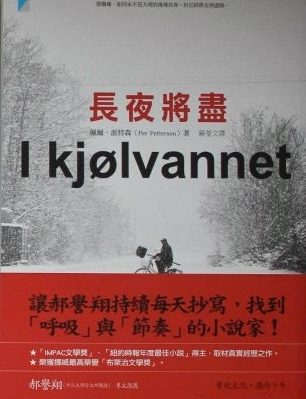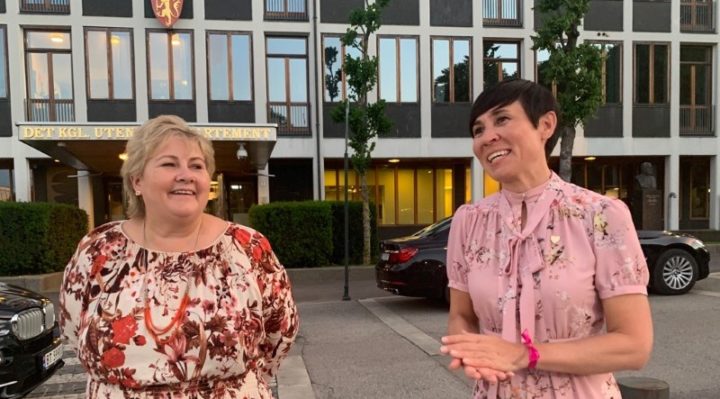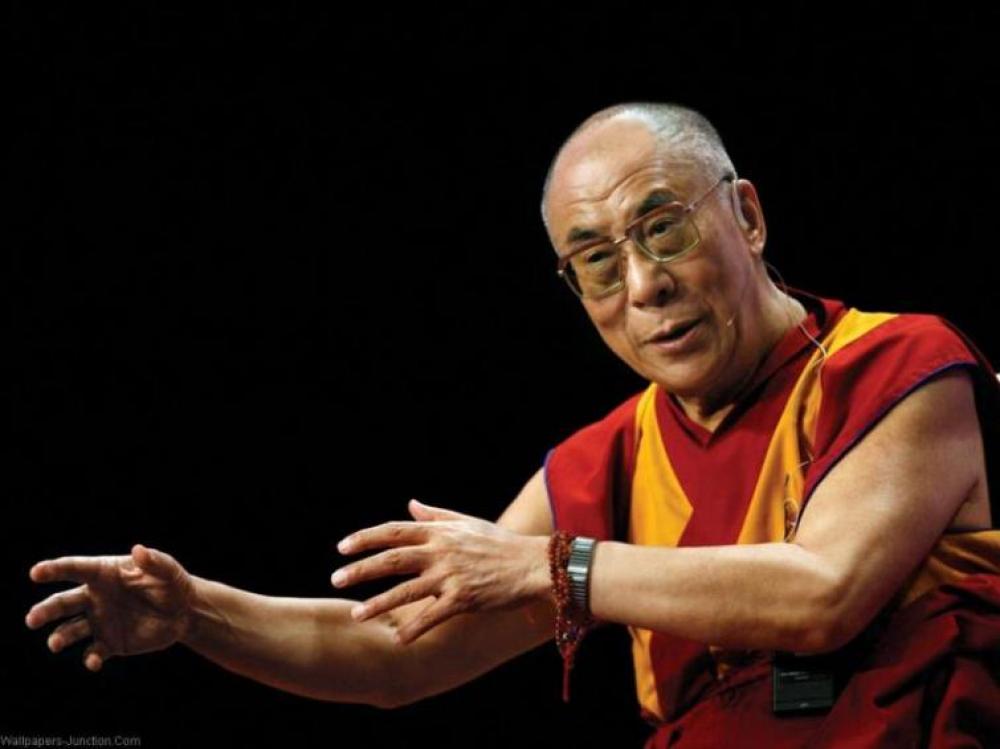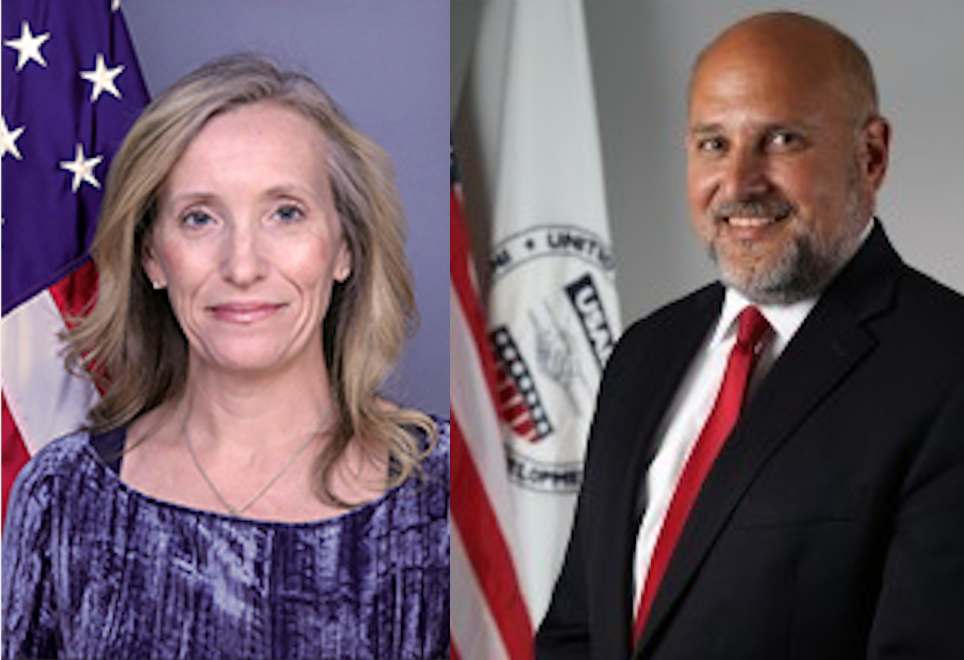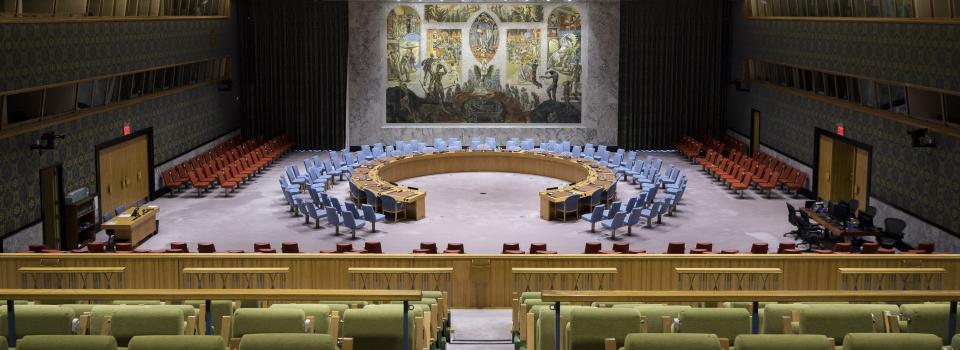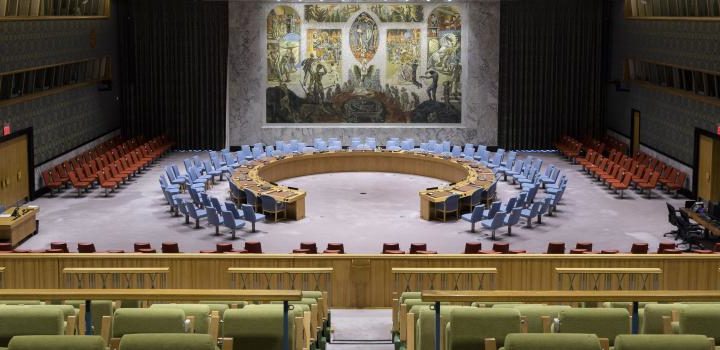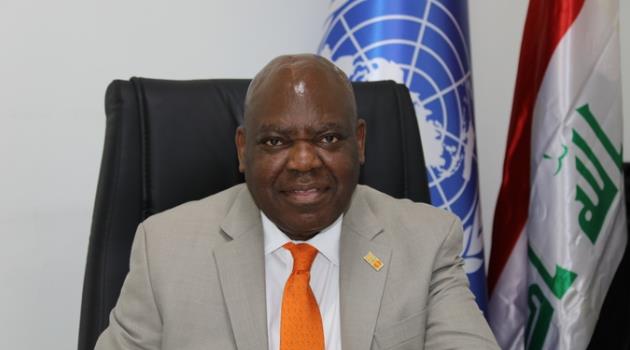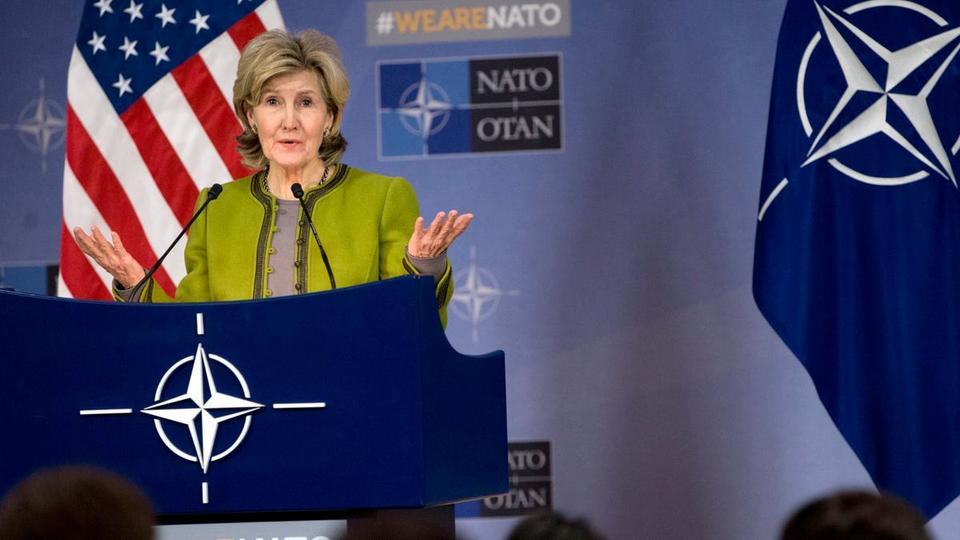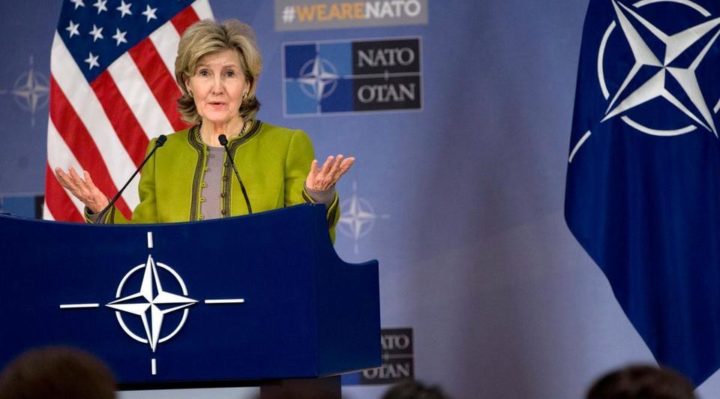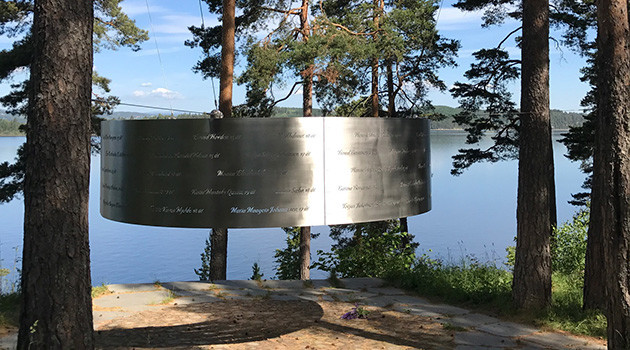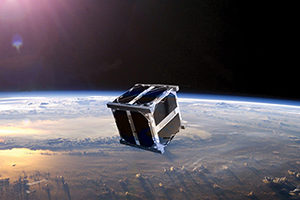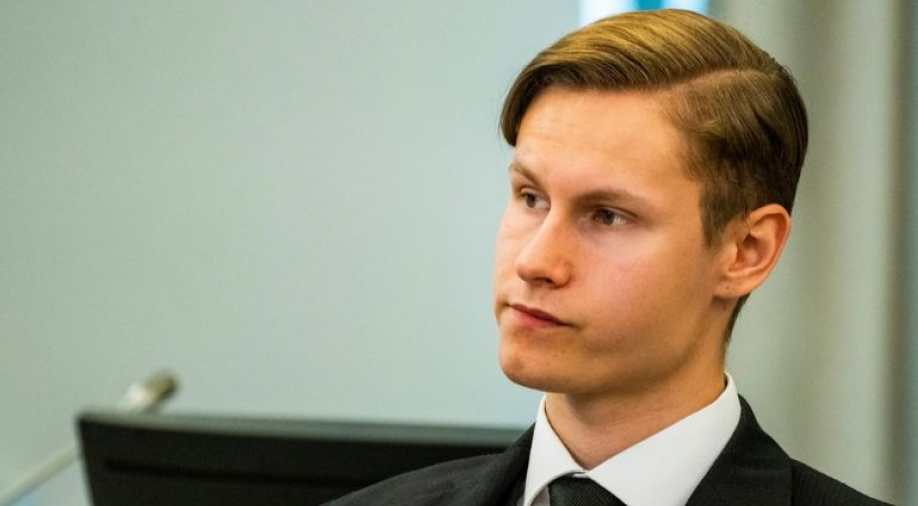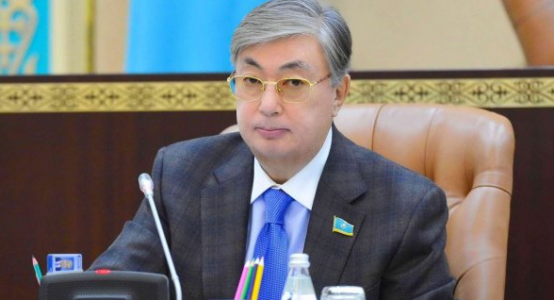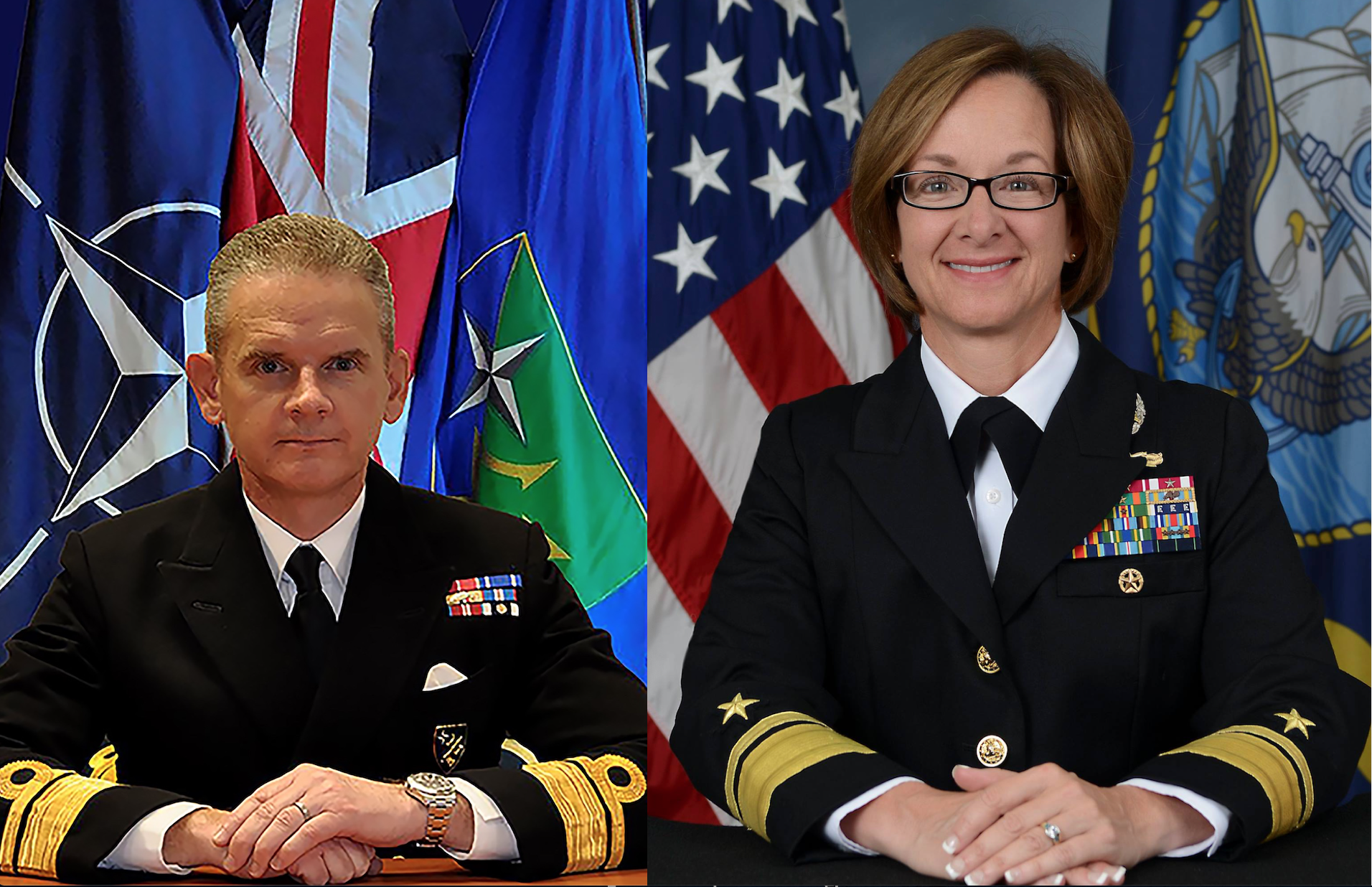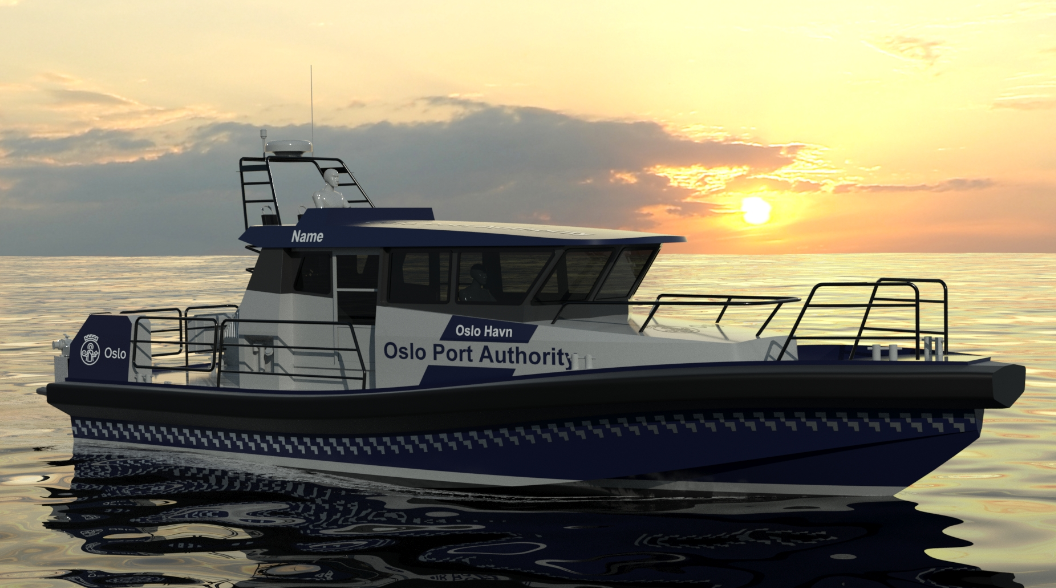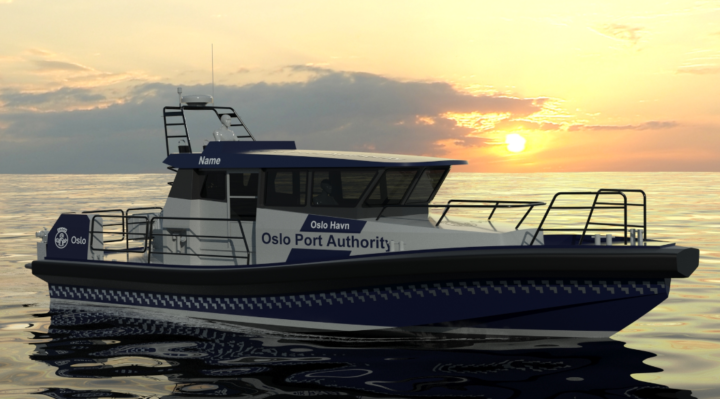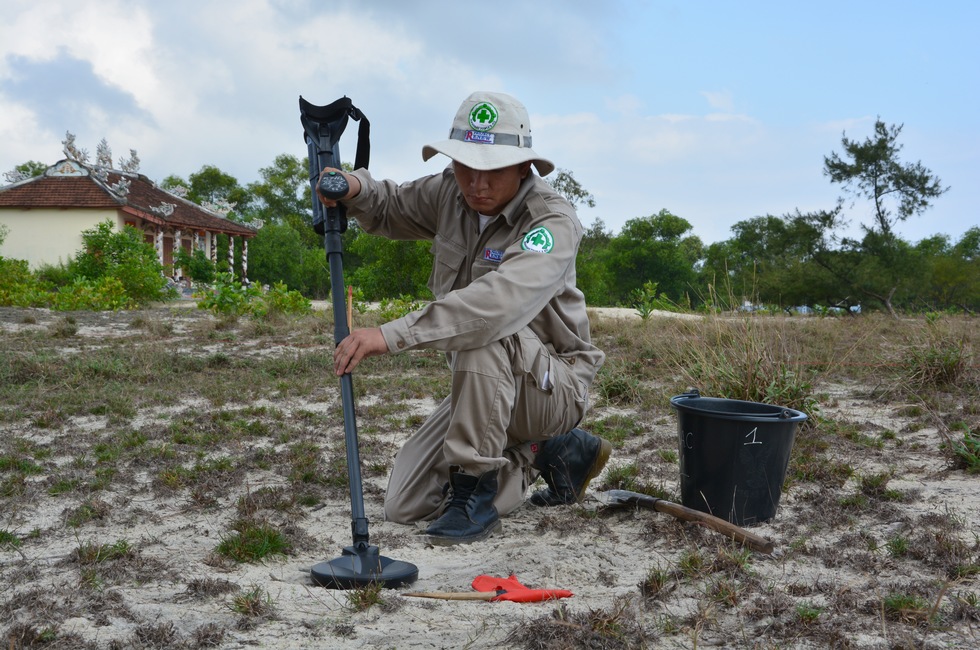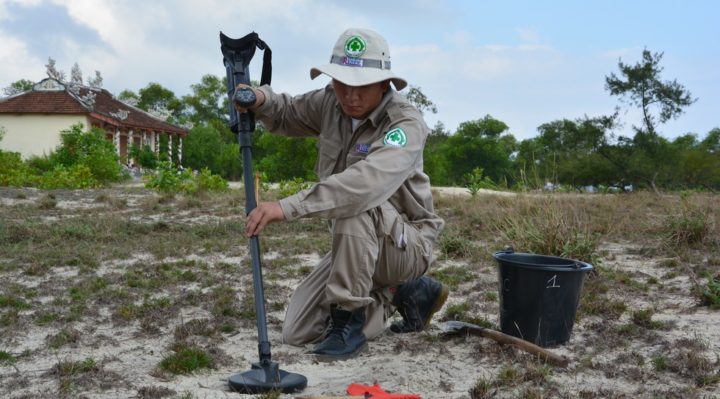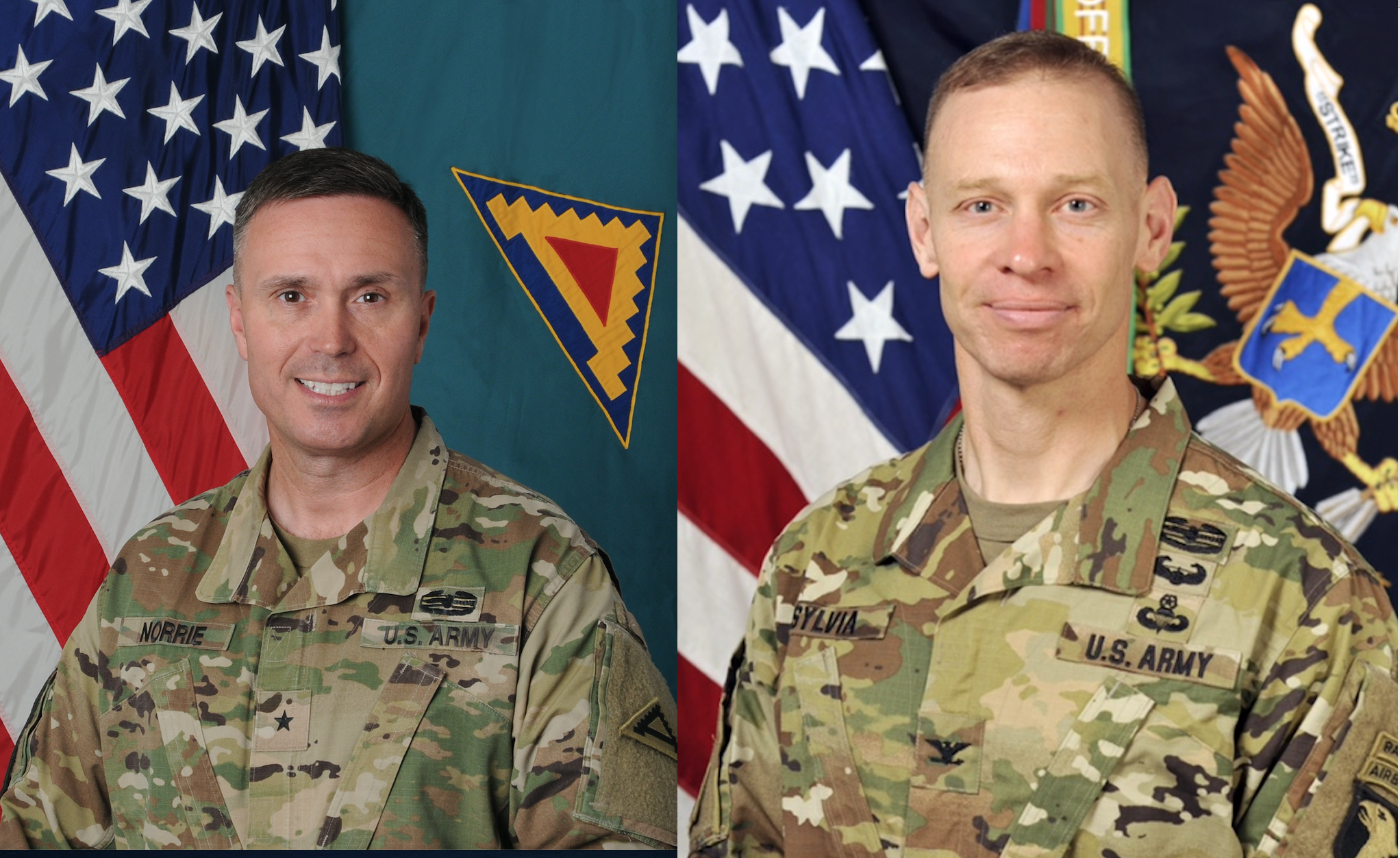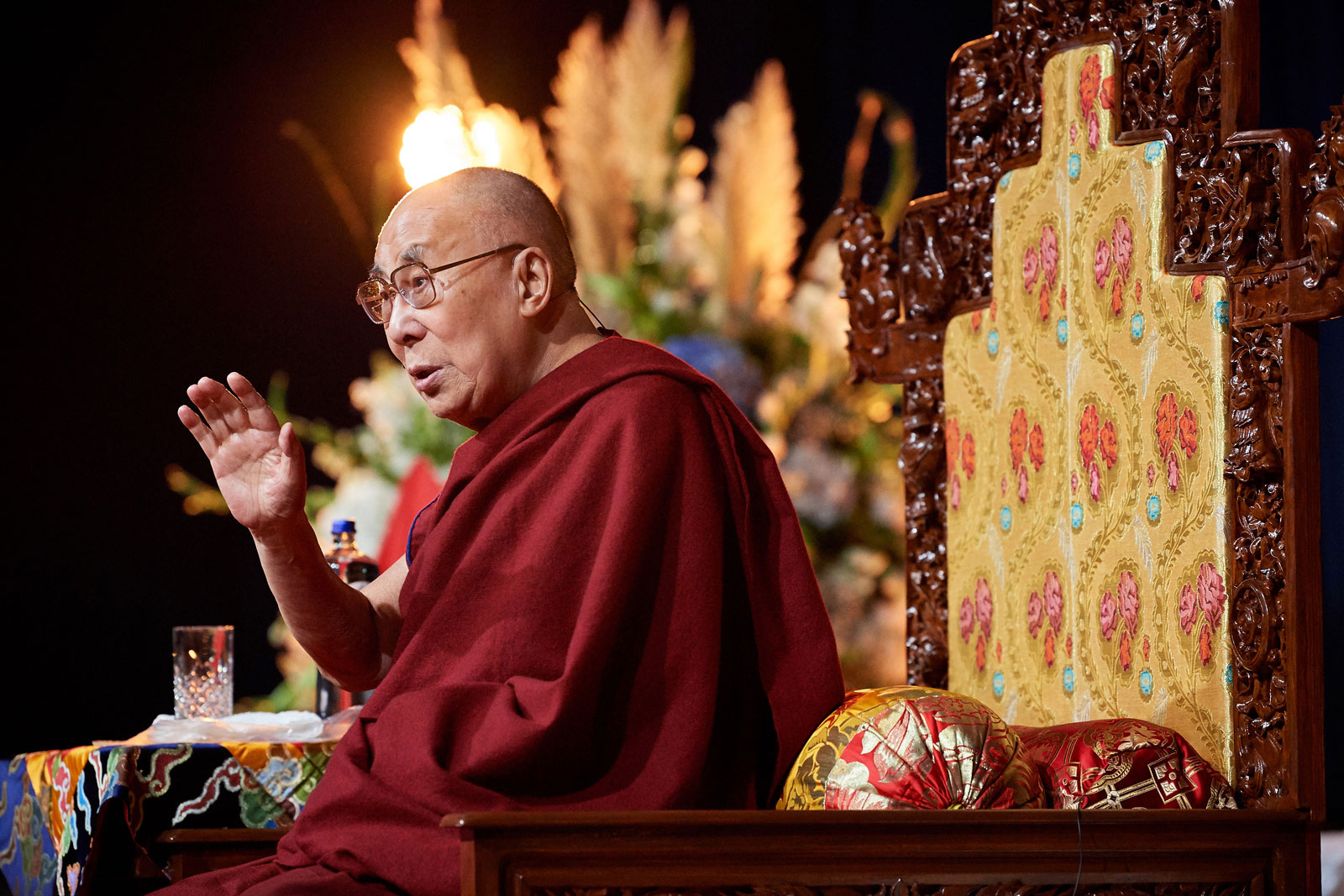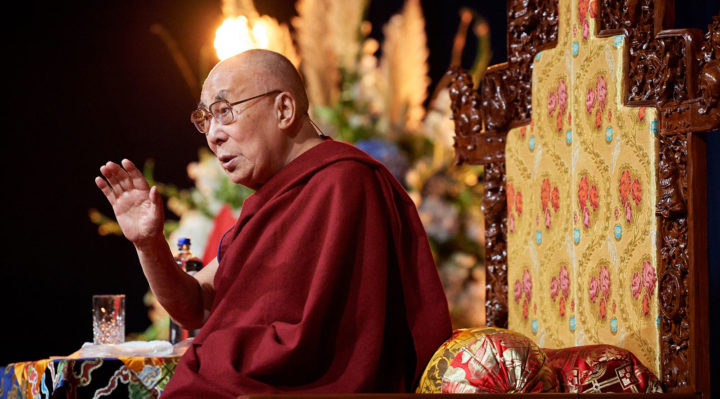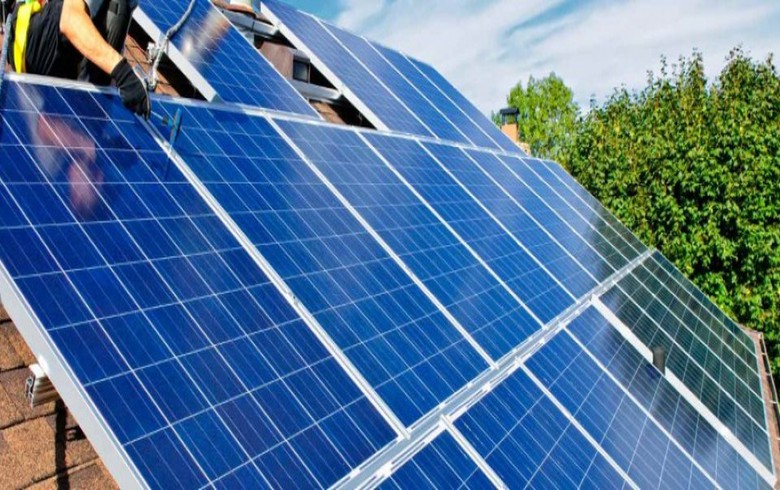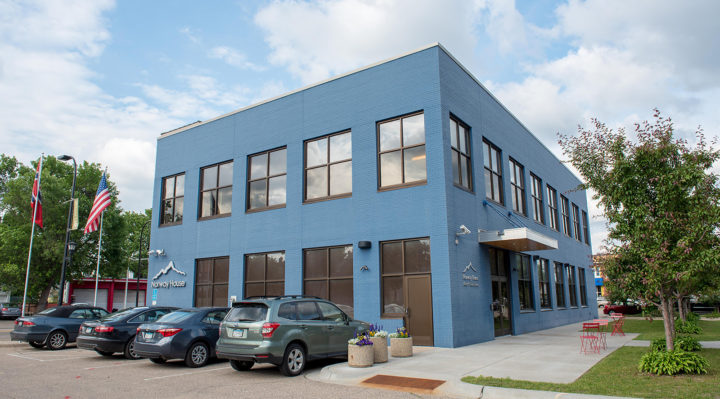LILLEHAMMER. KAZINFORM – In Lillehammer, the Embassy of Kazakhstan in Norway presented the books of the First President of the Republic of Kazakhstan-Elbasy Nursultan Nazarbayev, Kazinform reports.
The books were presented in the Norwegian and English languages. Ambassador of Kazakhstan Yerkin Akhinzhanov spoke about the historical role of the First President Nursultan Nazarbayev in the formation of Kazakhstan, process of nuclear disarmament, economic potential and international initiatives of the country. The translation of «The Epicenter of the World» book was made by political scientist and translator Nikolay Gerov.

Residents of the city of Lillehammer, which hosted the 1994 Winter Olympics and the 2016 Youth Olympics, expressed interest in the photo exhibition devoted to the achievements of Kazakhstan’s sports, the sports infrastructure of the cities of Nur-Sultan and Almaty. Among the guests of the exhibition were Lillehammer Mayor Ingunn Trosholmen, Deputy of the Standing Committee on Social Affairs and Employment of Storting (Norwegian Parliament), Olympic champion of the 1994 games in Lillehammer Vladimir Smirnov and 1998 Nagano Winter Olympic champion Erling Jevne, representatives of the public and business circles. Norway published the books by Nursultan Nazarbayev «The Kazakhstan Way» (2009) and «The Epicenter of the World» (2019).











